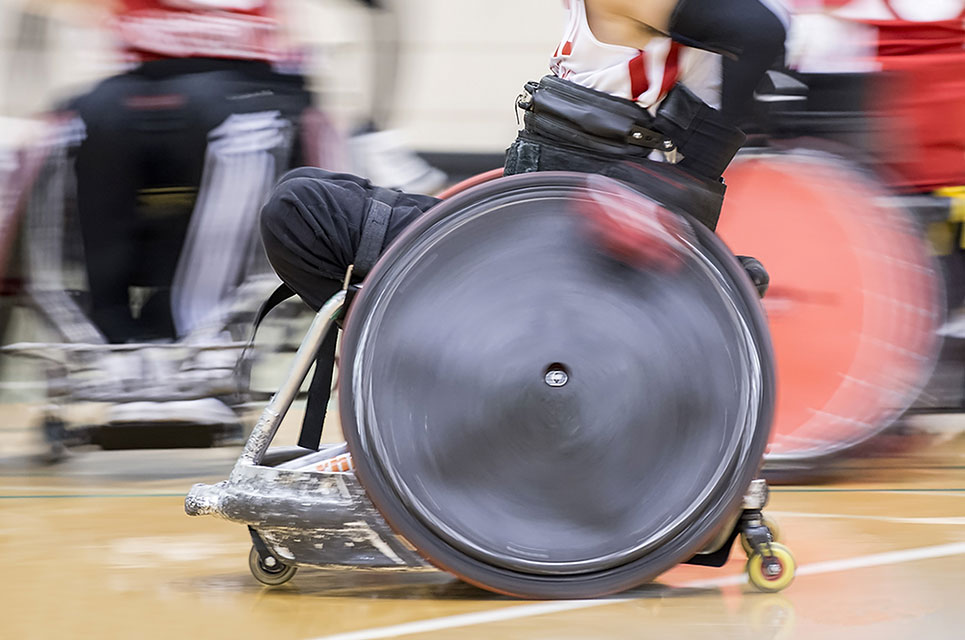Your basket is currently empty.
At ChildFund, we believe everyone should have the opportunity to play, learn and grow through their involvement with organised sport. That’s why we are excited to see a new rugby format growing in popularity around the world.
In the last four decades wheelchair rugby has experienced a massive surge in popularity.
Beginning as an idea among four friends in Canada, wheelchair rugby has become one of the most popular events at the Paralympic Games since its debut in 2000.

In 1994, wheelchair rugby became a Paralympic sport. It is now one of the most popular sports at the Paralympic Games, and regularly sells out arenas.
According to the International Wheelchair Rugby Federation, the sport is now played in 31 countries across Europe, North America, South America, Africa and Asia.
Despite this wide reach, an Oscar-nominated documentary about the sport, and a legion of passionate fans, wheelchair rugby is a mystery to many sports fans.
Here’s some information that will get you up to speed on this exciting sport.
The origins of wheelchair rugby
Part of the mystery might come from the sport’s name, which was originally “murderball”.
That name came from the violent nature of the sport, which was created as an alternative to non-contact wheelchair basketball.
The name has changed, but the sport is just as intense and is why it is often described as the most thrilling game you have never heard of.
Despite the name, wheelchair rugby is not strictly a form of rugby. It is a combination of elements from rugby, ice hockey, basketball and handball.
The rules of the game
Wheelchair rugby is similar to rugby in that the objective is to get the ball across the opposing team’s goal line.
The sport is usually played indoors on a hardwood court with the same dimensions and markings as a regulation basketball court.
Each team comprises of four players. When a player has possession of the ball, they have 10 seconds to either pass or bounce.
Defenders are encouraged to contact attacking players in an attempt to steal possession.
Points are scored when an attacking player carries the ball across the opposing team’s goal line.
Download the Rule Book from the International Wheelchair Rugby Federation.
Who plays wheelchair rugby?
People who play wheelchair rugby must have a disability affecting both their arms and legs. Most players have spinal cord injuries with full or partial paralysis of the legs and partial paralysis of the arms.
People living with cerebral palsy, muscular dystrophy, amputations, polio and other neurological conditions also play.
Players generally use specially-designed manual wheelchairs, similar to those used in wheelchair basketball, but any manual wheelchair can be used.
Wheelchair rugby is played around the world. Eleven years after it was created, wheelchair rugby appeared at the World Wheelchair Games as an exhibition event.
In 1993 the International Wheelchair Rugby Federation was established with 15 countries actively participating and it was officially recognised as a sport for people with disability.
The following year, it became a Paralympic sport. It is now one of the most popular sports at the Paralympic Games, and regularly sells out arenas.